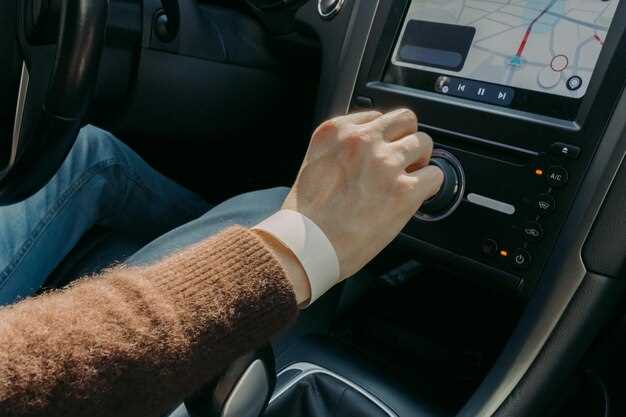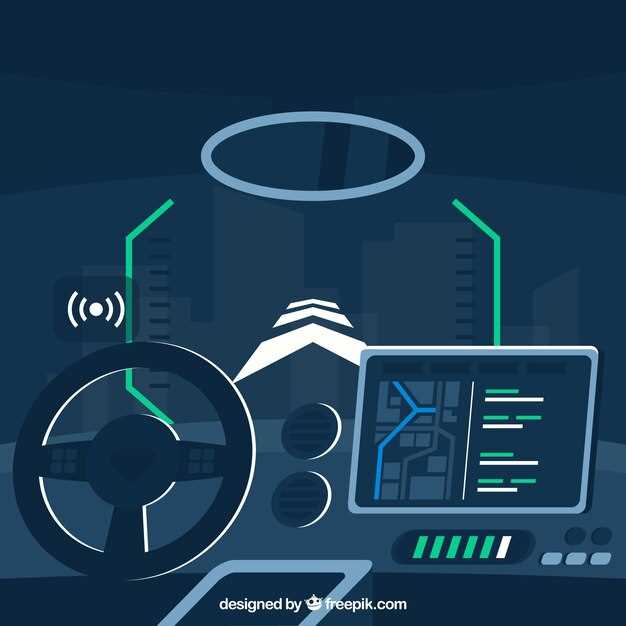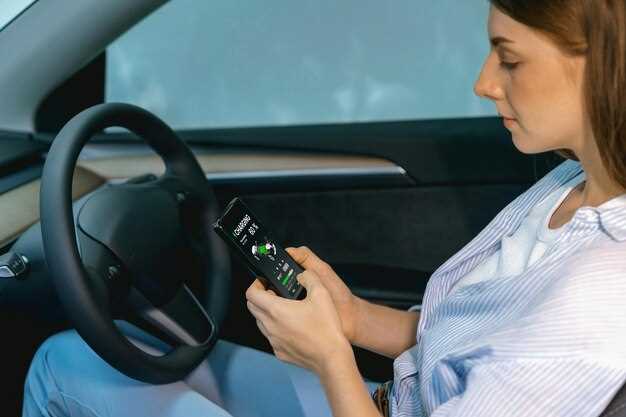
Audi’s Adaptive Cruise Control – How It Works

The evolution of automotive technology has brought forth numerous advancements aimed at enhancing driving comfort and safety. Among these innovations, the Audi Adaptive Cruise Control system stands out as a remarkable achievement in modern vehicle engineering. This sophisticated mechanism allows drivers to maintain a set speed while automatically adjusting to the flow of traffic, transforming the driving experience on highways and busy roads.
At its core, the adaptive cruise control system utilizes a combination of sensors and algorithms to monitor the distance between your Audi and the vehicle ahead. By doing so, it not only maintains the desired speed but also expertly regulates acceleration and deceleration, effectively optimizing control and ensuring a smooth ride. This capability significantly reduces the driver’s workload, especially during long journeys or in stop-and-go traffic, making it an invaluable feature in today’s fast-paced world.
Understanding how the Audi Adaptive Cruise Control works can provide insights into its benefits and functionalities. As we delve deeper into this topic, we’ll explore the underlying technology, its operational mechanics, and the impact it has on driving safety and convenience. Whether you’re a tech enthusiast or simply an Audi owner looking to get the most out of your vehicle, this detailed explanation will offer a comprehensive look at the intricacies of this advanced cruise control system.
Understanding the Technology Behind Audi’s Adaptive Cruise Control

Audi’s Adaptive Cruise Control (ACC) enhances traditional cruise control by incorporating advanced safety features and automated vehicle control. This technology utilizes a combination of radar, cameras, and sensors to monitor the driving environment, ensuring that the vehicle maintains a safe distance from the car ahead.
The system automatically adjusts the vehicle’s speed based on the traffic conditions, allowing for seamless acceleration and deceleration. When the road ahead is clear, ACC returns to the preset speed, enabling a relaxed driving experience.
One of the key components of this system is the radar technology, which detects vehicles in the surrounding lanes. This ensures that safety is prioritized by adjusting the speed accordingly, thereby reducing the risk of collisions. The responsiveness of the system creates a more controlled and secure driving environment.
In addition to adapting speed, Audi’s ACC integrates with other safety features, such as lane departure warnings and emergency braking systems. By creating a holistic safety package, it significantly enhances driver confidence and reduces fatigue during long journeys.
To summarize, Audi’s Adaptive Cruise Control not only automates the cruise function but also encompasses essential safety elements that facilitate a smoother and safer driving experience. The integration of these technologies represents a significant advancement in vehicle automation and road safety.
How to Set Up and Use Audi’s Adaptive Cruise Control Safely

Setting up Audi’s Adaptive Cruise Control (ACC) requires a few straightforward steps to enhance driving comfort and safety. Begin by ensuring the vehicle is in a suitable driving condition and that you are familiar with the controls. Locate the cruise control lever or button, usually positioned on the steering wheel or stalk.
To activate ACC, press the ‘On’ button after reaching your desired speed. This speed should generally be appropriate for the current traffic conditions, ensuring you maintain safety while driving. Once activated, you can set the desired speed by pressing the ‘Set’ button, allowing the system to start maintaining that speed automatically.
Audi’s ACC allows you to adjust the distance between your vehicle and the one ahead. Use the distance setting controls to define how closely you want to follow the vehicle in front. The system will automatically adjust your speed to maintain this gap, improving safety during highway travel.
While using Adaptive Cruise Control, stay attentive and ready to take control of the vehicle at any moment. Always monitor the road and surrounding traffic. In situations where rapid braking or acceleration is necessary, such as merging or encountering unexpected obstacles, deactivate ACC by pressing the brake pedal or using the ‘Cancel’ button.
Adjust ACC settings according to driving conditions. For example, on busy roads, a shorter following distance may be appropriate, while a longer distance is preferable in lighter traffic scenarios. Regularly check your speed and ensure the system is functioning correctly. Familiarize yourself with any alerts or warnings the vehicle may provide to guarantee a safe driving experience.
Finally, always refer to the owner’s manual for detailed instructions and safety precautions specific to your Audi model. Understanding the nuances of ACC will optimize its usage while promoting overall road safety.
Maintenance Tips for Ensuring Optimal Performance of Cruise Control
To maintain the optimal performance of the Audi cruise control system, regular checks and maintenance are essential. Firstly, ensure that your vehicle’s software is up to date, as this can enhance functionality and safety features. Regularly visiting an authorized Audi service center will help in keeping your system updated.
Secondly, inspect the vehicle’s sensors that are crucial for the adaptive cruise control mechanism. These sensors detect surrounding vehicles and obstacles, and any dirt, debris, or damage can hinder their performance. Keep them clean and free from obstructions to ensure proper functionality.
Additionally, pay attention to the braking system, as cruise control relies heavily on it for maintaining safe distances. Regular brake checks can prevent unforeseen issues while utilizing cruise control. Look for any unusual wear or functionality problems in brake components.
Moreover, monitor tire pressure and condition. Properly inflated and well-maintained tires ensure stable driving conditions which are crucial for the smooth operation of cruise control systems. Uneven tire wear can affect vehicle stability, impacting the overall effectiveness of the cruise feature.
Lastly, familiarize yourself with the cruise control system’s features and settings. Knowing how to properly engage and disengage cruise control can greatly enhance your driving experience while ensuring safety. Always refer to the vehicle’s manual for specific instructions related to your Audi model.